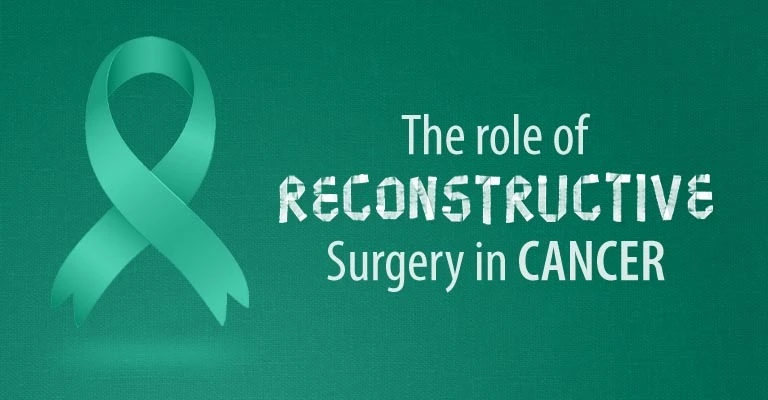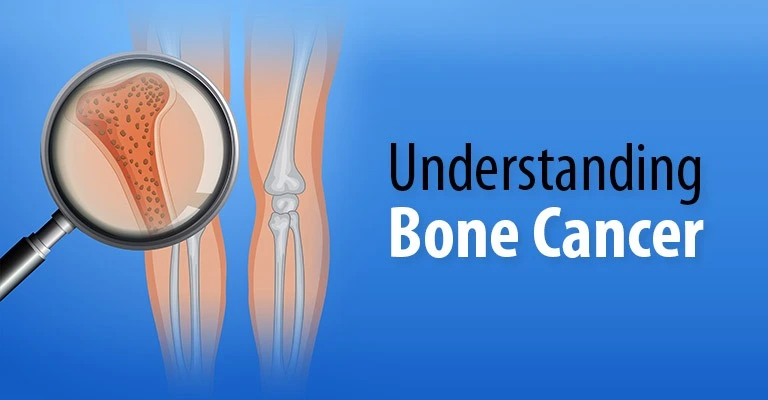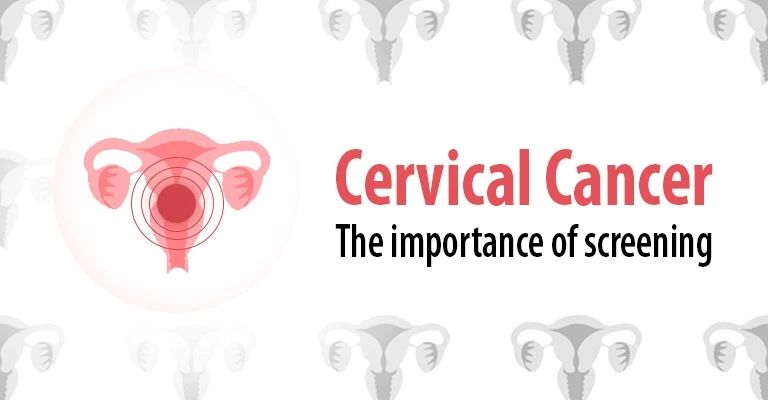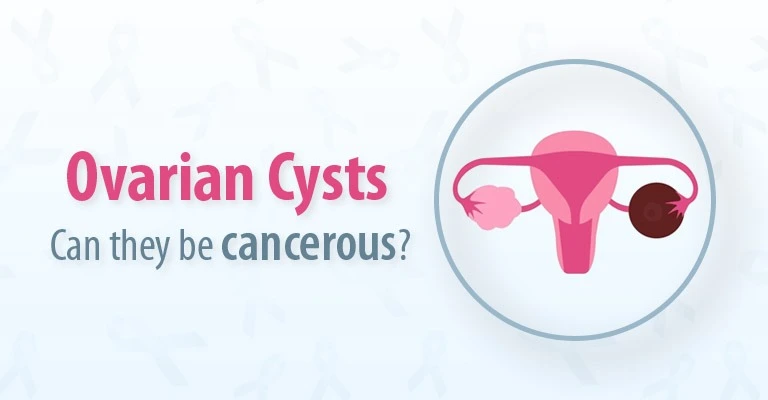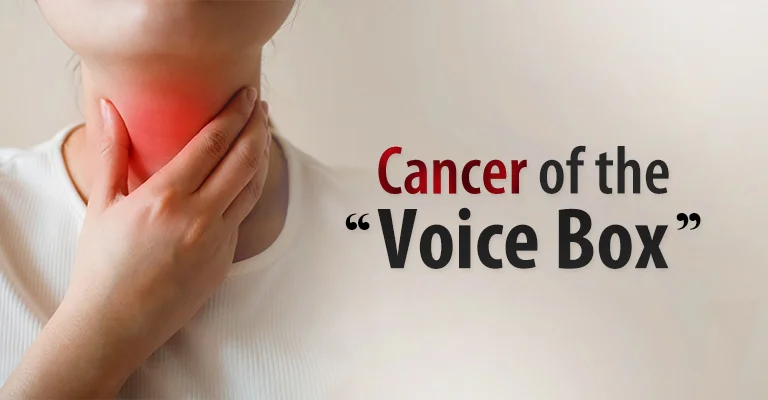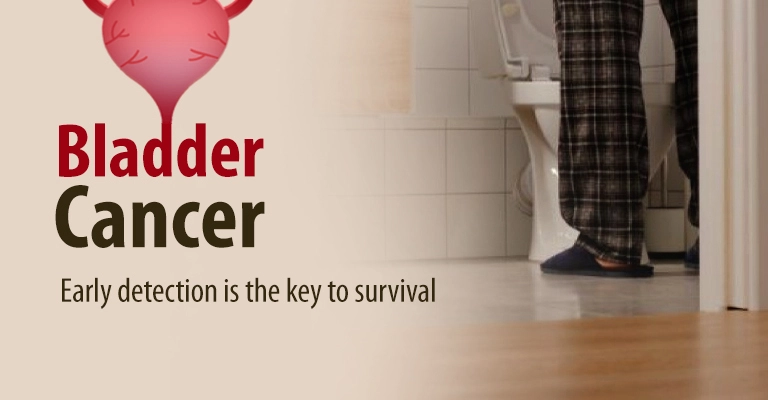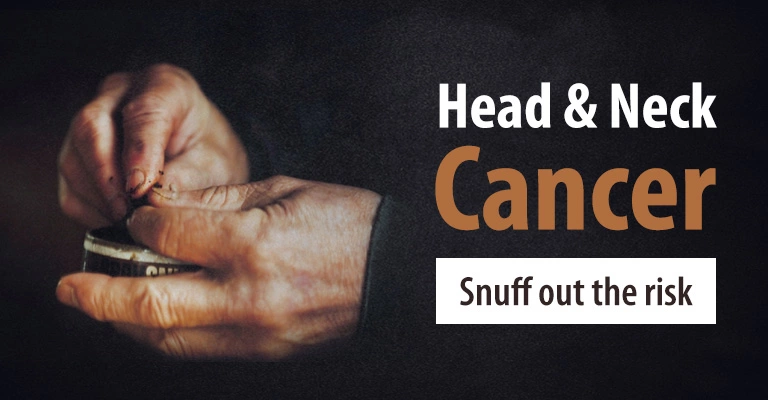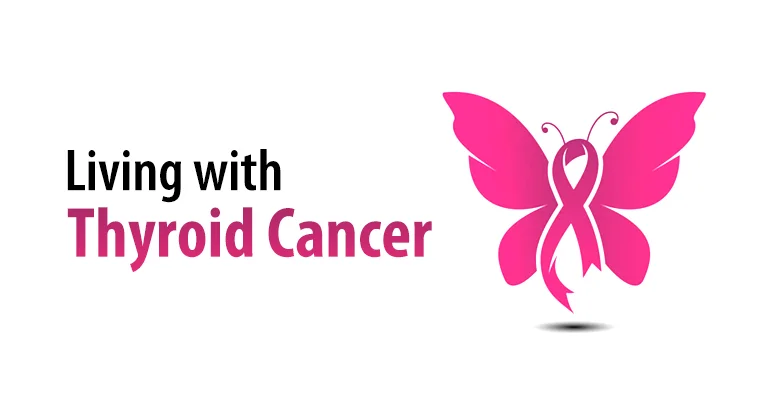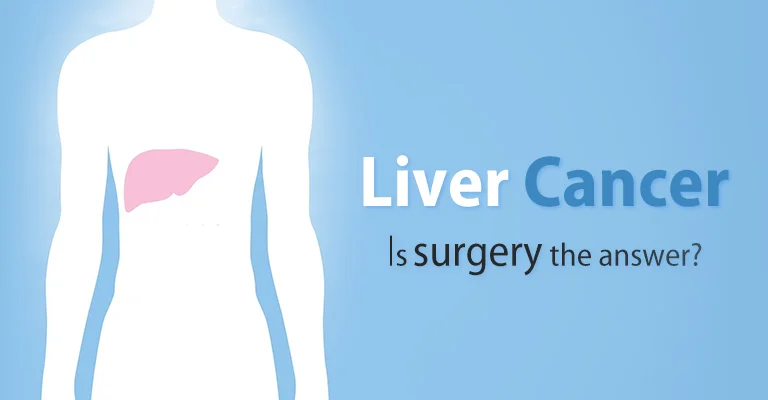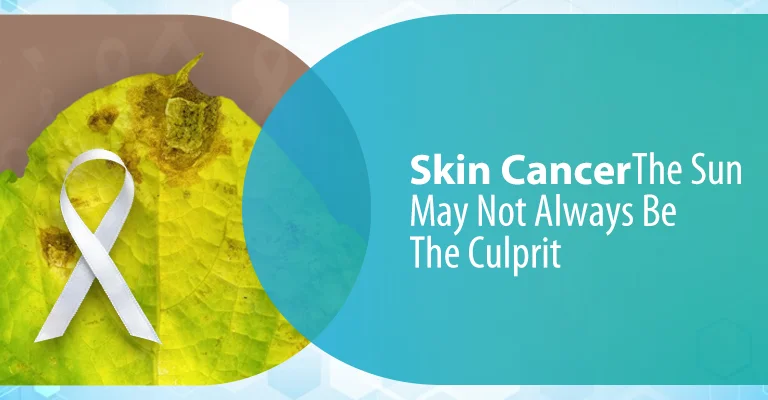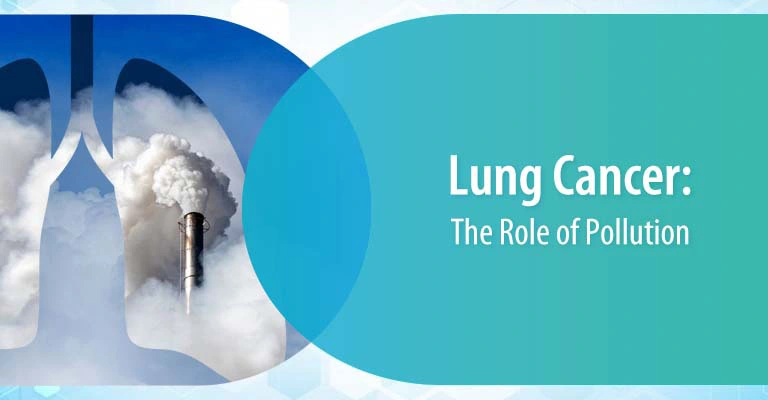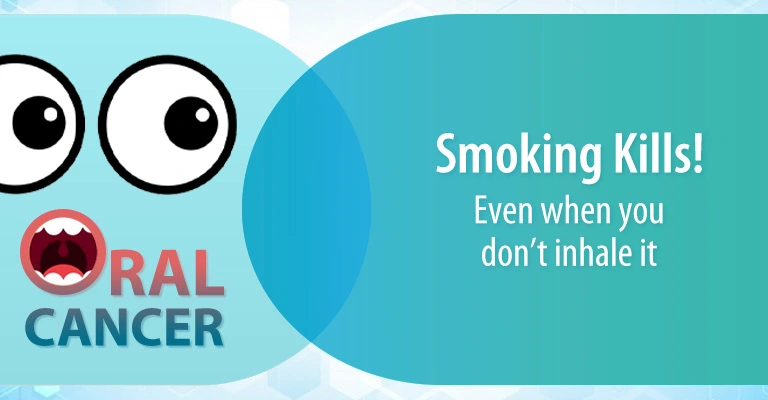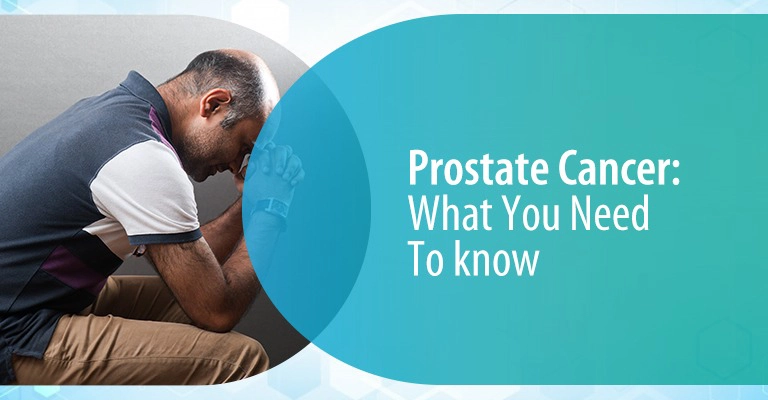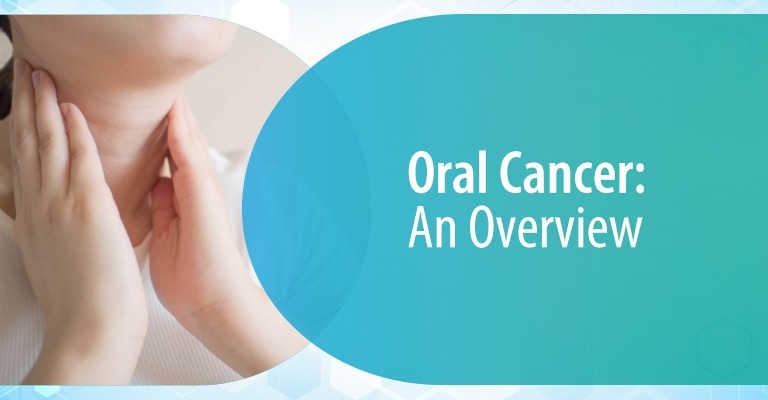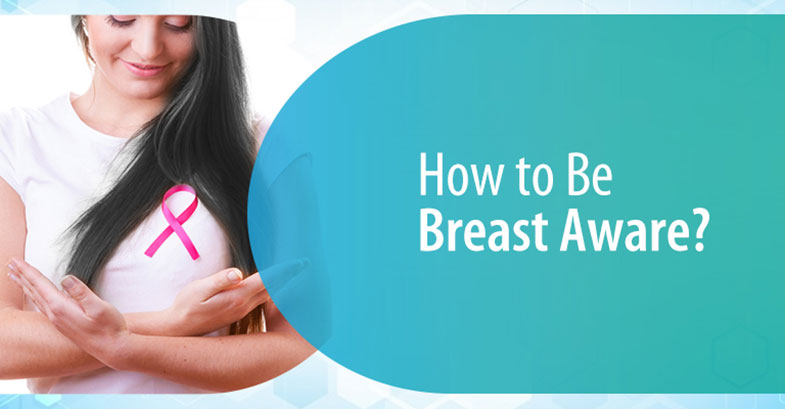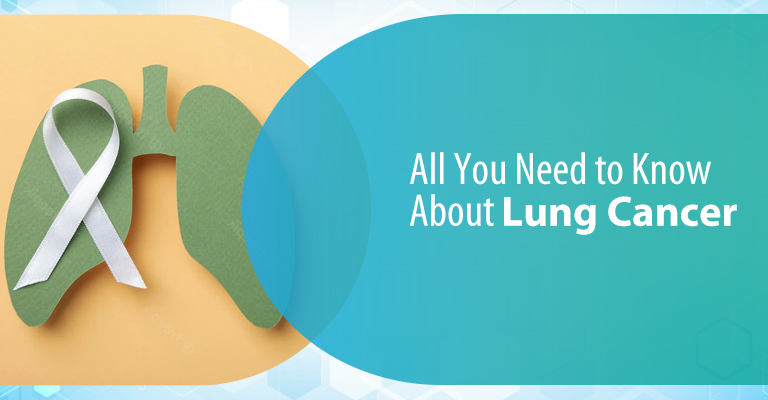
Lung cancer is the second-most common type of cancer in the world after breast cancer. It accounts for nearly 25% of all cancer deaths thus, making it a leading cause of death among men and women. The lifetime chance of getting lung cancer for a man is about 1 in 15 while the same for a woman is 1 in 17.
How Does Lung Cancer Start?
Lung cancer starts when the cells in the body begin to multiply uncontrollably. Cancer typically begins in the lungs and gradually spreads to affect other parts and organs, such as the lymph nodes, liver and brain.
Types of Lung Cancer
Lung cancer can be grouped into two types: Non-small Cell Lung Cancer (NSCLC) and Small Cell Lung Cancer (SCLC).
Non-small Cell Lung Cancer
NSCLC is the commonest type of lung cancer accounting to nearly 85% of all cases. In approximately 30% of these cases, cancer begins in the cells forming the lining of your body’s surface and cavities. The main subtypes of NSCLC are squamous cell carcinoma, large cell carcinoma and adenocarcinoma.
Small Cell Lung Cancer
SCLC is a more aggressive type of lung cancer that grows and spreads faster than NSCLC, accounting to about 15% of all lung cancer cases. In about 70% of patients with SCLC, cancer will have already spread to other parts and organs at the time of diagnosis.
Causes and Risk Factors
The causes of cancer are unknown. However, certain factors put you at risk of getting lung cancer. These are as follows:
- Smoking – Tobacco smoke is a leading cause of lung cancer. The risk increases depending on the period and the number of cigarettes smoked per day. Studies show that in approximately 80% of cases, death occurs because of smoking tobacco.
- Exposure to second-hand smoke – Passive smoking or exposure to second-hand smoke may also increase your risk of having lung cancer.
- Exposure to toxic gas and substances, such as radon, asbestos and other carcinogens
- A history of radiation therapy to the chest
- A family history of lung cancer
Having one or more of the above risk factors does not necessarily mean you will have lung cancer. It only increases your likelihood of developing the disease.
What are the Early Signs and Symptoms?
The symptoms of lung cancer usually show up in its advanced stages. However, you should look out for the early signs, which are as follows:
- Persistent coughing that worsens over time
- Coughing up blood or phlegm
- Chest pain that makes breathing difficult and worsens when you cough or laugh
- Shortness of breath
- Hoarseness
- Wheezing
- Fatigue and weakness
- Loss of appetite
- Unexplained weight loss
You should not delay consulting a doctor if you experience any of the above symptoms. Lung cancer can be treated if diagnosed early.
How is Lung Cancer Treated?
The treatment plan for lung cancer is based on several factors, including your overall health and medical history, as well as the symptoms and stage of cancer.
Early-stage treatment typically involves surgery to remove the whole or a portion of the lung, followed by chemotherapy. If cancer has reached an advanced stage, you may be recommended a combination of radiation therapy, chemotherapy and surgery. In the case of stage four lung cancer, where surgery is no longer an effective treatment option, chemoradiation therapy may be beneficial for patients. Immunotherapy is generally recommended for patients with locally advanced lung cancer that has metastasized.
If you are diagnosed with lung cancer, discuss the treatment options with your doctor before making a decision. Your doctor may suggest palliative care or supportive care during or after the treatment to ease the symptoms. You will also be likely recommended to make healthy lifestyle changes, such as quitting smoking immediately and following a balanced diet. With early diagnosis and proper treatment, chances of surviving lung cancer are higher. The 5-year survival rate for lung cancer is about 60%.




